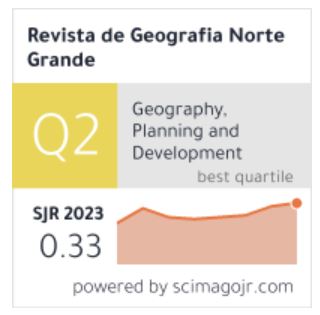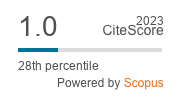Las históricas relaciones entre Tarapacá y Oruro: la frustrada tentativa de integración transfronteriza durante ciclo de expansión del salitre (1864-1928)
DOI:
https://doi.org/10.4067/S0718-34022011000300005Keywords:
Region, physical integration, railway projects, frontierAbstract
The objective of the cross-border railway projects, during the cycle of saltpeter expansion (1864-1928), was economic development and cultural integration between two complementary regions (Oruro and Tarapaca). It is held that those projects came up from the Tarapacá society and failed due to political decisions of the central Government, some of them regarding its foreign policy related to Bolivia. Those failures could have prevented Tarapacá and Oruro from establishing a cross-border region, but they could have allowed the emergency of a political regional discourse that, changing arguments, is still valid. It is explained that Chilean foreign policy in relation to Bolivia, had in its railway projects an important negotiation basis, that favored the provinces of Antofagasta in 1884 and Arica in 1904, leaving Tarapacá, despite its strategic significance because of the saltpeter economy, without modern physical connection with Bolivia.






